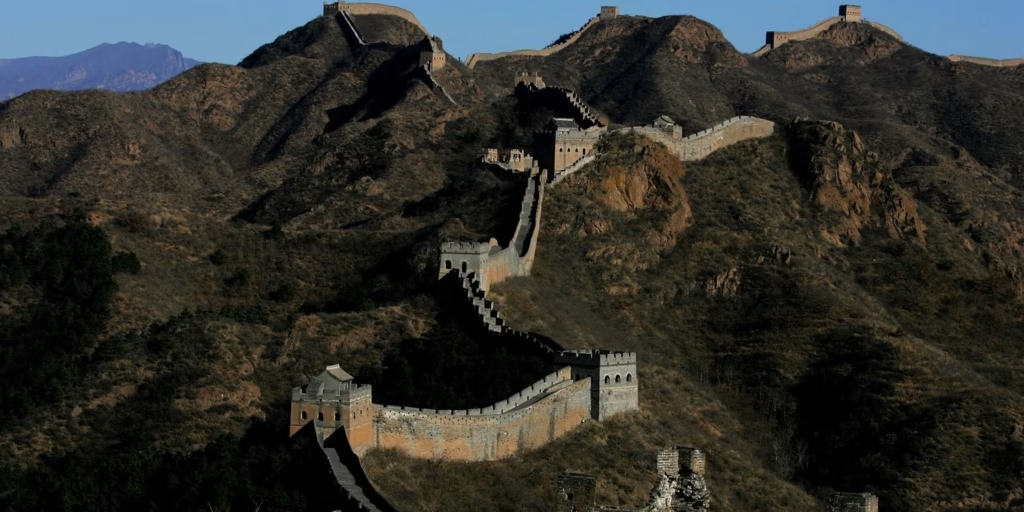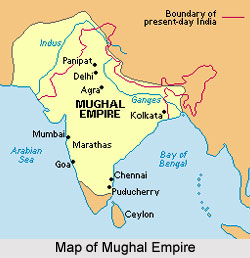The Great Wall of China is one of the most iconic structures in human history, symbolizing the strength, ingenuity, and perseverance of ancient Chinese civilization. Stretching over 13,000 miles, it is not only an architectural marvel but also a testament to China’s long and complex history. Built primarily as a defense mechanism, the Great Wall has witnessed centuries of warfare, dynastic changes, and cultural evolution.
Early Construction
The origins of the Great Wall date back to the 7th century BCE, during the Warring States period. Several independent Chinese states built fortifications and walls to protect their territories from nomadic invasions. These early walls were made of rammed earth, wood, and stone, reflecting local construction techniques. While they were effective to some extent, the fragmented walls could not prevent invasions entirely, prompting later rulers to unify the defenses.
The Qin Dynasty and Unification
The most significant phase of construction occurred under Emperor Qin Shi Huang (221–210 BCE), the first emperor of a unified China. Qin connected existing walls and built new sections to create a continuous barrier that would protect the northern frontier from the Xiongnu nomads. The labor force included soldiers, peasants, and prisoners, many of whom faced harsh conditions, resulting in a high human cost. This period marked the foundation of what is now considered the Great Wall.

Han Dynasty Expansion
During the Han Dynasty (206 BCE – 220 CE), the wall was extended further into western China to protect trade routes, including parts of the Silk Road. The wall also served as a means of communication, with watchtowers and beacon towers allowing messages to travel quickly across vast distances. These expansions helped secure economic and military stability in the region.
Ming Dynasty Reconstruction
The most well-preserved sections of the Great Wall were built during the Ming Dynasty (1368–1644 CE). Using brick and stone, the wall was strengthened and fortified with guard towers, battlements, and garrisons. The Ming Wall effectively deterred invasions from northern tribes and stands as a symbol of Chinese resilience and architectural mastery.
Cultural Significance
Beyond its military purpose, the Great Wall represents Chinese unity, determination, and cultural identity. It is a UNESCO World Heritage Site and attracts millions of tourists from around the world, serving as a bridge between China’s ancient history and modern society.
The history of the Great Wall of China spans over two millennia, reflecting the challenges, achievements, and ambitions of Chinese civilization. From early defensive walls to the grand stone fortifications of the Ming Dynasty, the Great Wall remains a timeless symbol of human ingenuity and cultural heritage.
Top 10 UNESCO World Heritage Sites in the World
UNESCO World Heritage Sites in Australia
Top 10 Traveling Destinations in India
Tours And Travels Website Design
![]()





